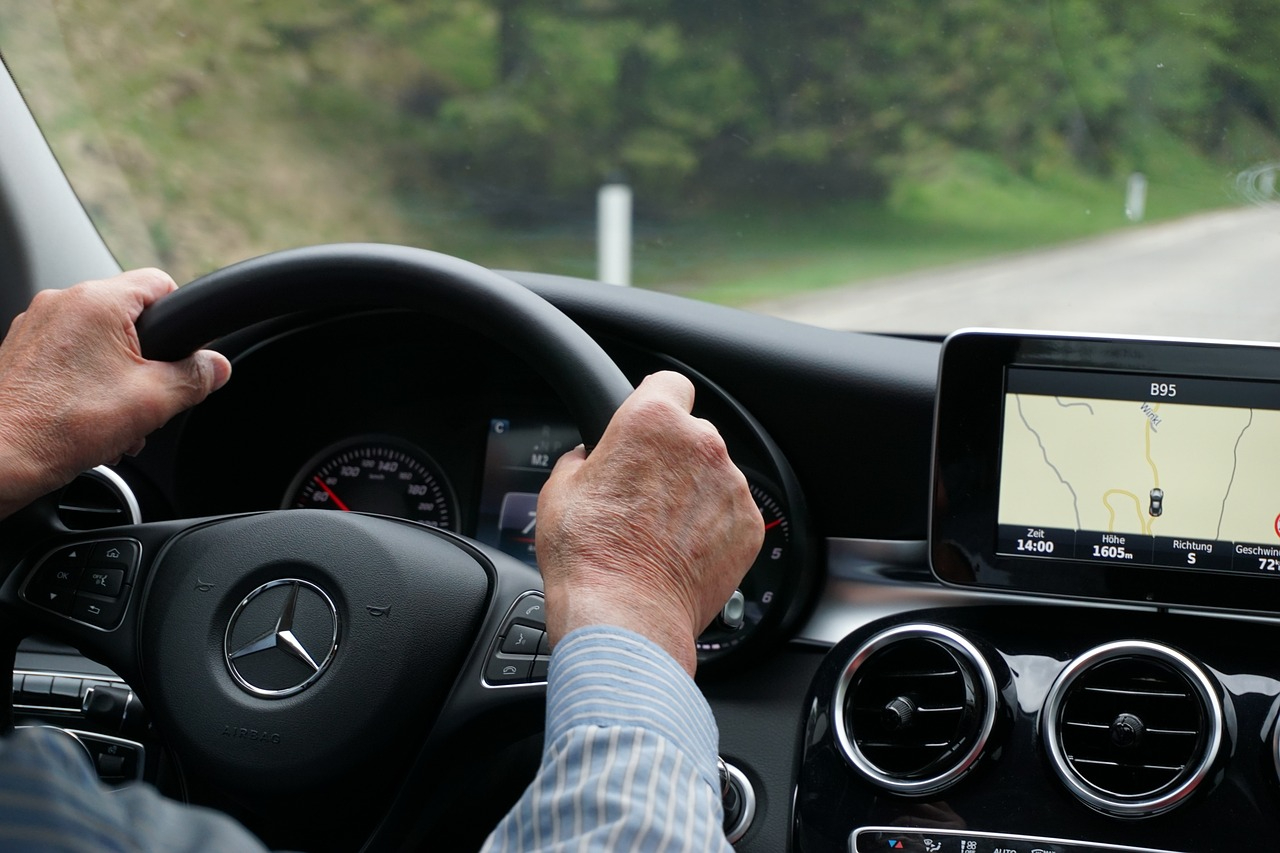
As we age, our physical abilities and reaction times naturally decline, making driving a potentially dangerous task.
This is a pervasive enough problem that you can quite literally see a connection between vehicle accidents and age in any gathering of data for roadside safety. According to the US National Safety Council Injury Facts, vehicle-related deaths for people over the age of 65 have increased 15 percent from 2020 to 2021. With the advances in technology, however, such as 3D printing, we have the potential to make driving secure and more accessible for older drivers, thus reducing the frequency of roadside accidents.
Technology Advancements That Benefit Older Drivers
Although tech advancements aim to help solve pain points for a variety of users, older adults may find that technology can particularly improve their safety in the following ways:
- Advanced driver assistance systems (ADAS): These systems use sensors and cameras to assist with driving tasks such as lane departure warnings and adaptive cruise control, making driving easier and safer for all individuals.
- Self-driving cars: While still in the early stages of development, self-driving cars have the potential to improve road safety and accessibility.
- Voice recognition technology: This technology allows for hands-free control of various features in a car, reducing distractions and increasing driving safety for mature individuals.
However, we can not ignore that older drivers may have different needs and abilities than younger drivers. This is where 3D printing can make a great impact.
Revolutionizing Manufacturing with 3D Printing
One of the most significant ways 3D printing can make automobiles secure for older drivers is by revolutionizing manufacturing. Traditional car manufacturing involves the mass production of standard models that may not necessarily cater to the needs of individuals. However, with 3D printing, vehicles can be customized and tailored to meet older individuals’ specific needs and limitations.
This technology allows manufacturers to create specialized modifications and features such as larger buttons and displays, adjustable seats and steering wheels, and assistive devices to make driving easier for elderly citizens. These modifications can enhance the safety and accessibility of cars for older drivers.
Addressing Challenges Faced by Older Drivers
Our physical abilities decline as we age, making everyday tasks such as driving more challenging. Here are some of the common difficulties that older drivers face and how 3D printing can help address them:
- Limited mobility: Joints may become stiffer as we age, making operating pedals and turning the steering wheel hard. With 3D printing, custom modifications such as hand controls and pedal extensions can be created to make driving more accessible for those with limited mobility.
- Reduced vision: Our vision may deteriorate, which could make seeing the road and reading the dashboard display a significant issue. This technology allows for the creation of larger buttons and displays with high-contrast colors, making it easier for older adults to operate their vehicles safely.
- Decreased reaction time: With aging comes a natural decline in reaction time, making it tougher to respond quickly in emergencies. This new technology allows for the creation of assistive devices such as lane departure warning systems and blind spot detection, helping advanced drivers stay secure on the road.
The aging population could play a crucial role in the road and transportation industry’s future, and 3D technology can address the above challenges to create a smoother transition for these drivers. Additionally, manufacturers must keep in mind the legal boundaries and regulations around vehicle modifications, especially regarding safety standards.
Are 3D Printed Cars Safe?
One concern that may arise when discussing 3D-printed cars is their safety. After all, we are putting our lives in the hands of a technology that is still relatively new.
A primary issue for potential consumers is the strength and durability of the materials used. No known research has proven 3D printing car materials to be less secure. However, this process is in its infancy, so there is still a lot of testing and research to be done in this area.
Parts undergo rigorous testing in traditional manufacturing to ensure they can withstand various driving conditions and potential collisions. With 3D printing, there may be a need for additional testing and quality control measures to guarantee the security of these vehicles.
While there may be concerns about the safety of 3D-printed cars, it is essential to note that this technology has the potential to improve car protection for older drivers significantly. As with any new practice, there are always risks and challenges, but with proper testing and regulations, 3D printing can provide a safer and more accessible driving experience for mature citizens.
How 3D Printing Can Help with Repairs
Aside from creating tailored modifications, 3D printing can also be used to assist with automotive repairs. Traditional methods of sourcing and manufacturing replacement parts can be costly and time-consuming, especially for older cars. This process allows these parts to be easily and quickly produced, reducing repair costs and downtime for mature drivers.
Examples of 3D Printing in the Automotive Industry
The use of 3D printing technology is quickly growing in the automotive industry. Here are just a few examples of well-known manufacturers that have been utilizing this process to improve cost, safety, and accessibility:
- Ford Motor Company has used 3D printing to create prototypes and parts since the early 1990s. In 2019, they made the largest metal part that has ever been 3D printed for working automobiles.
- General Motors has opened a facility that produces 3D printing parts for their cars.
These examples demonstrate the widespread adoption of 3D printing in the automotive industry and its potential for revolutionizing how we design, manufacture, and repair vehicles. With customizable modifications, easier access to replacement parts, and potential improvements in overall vehicle safety, 3D printing has the potential to greatly improve the driving experience for elderly citizens.
